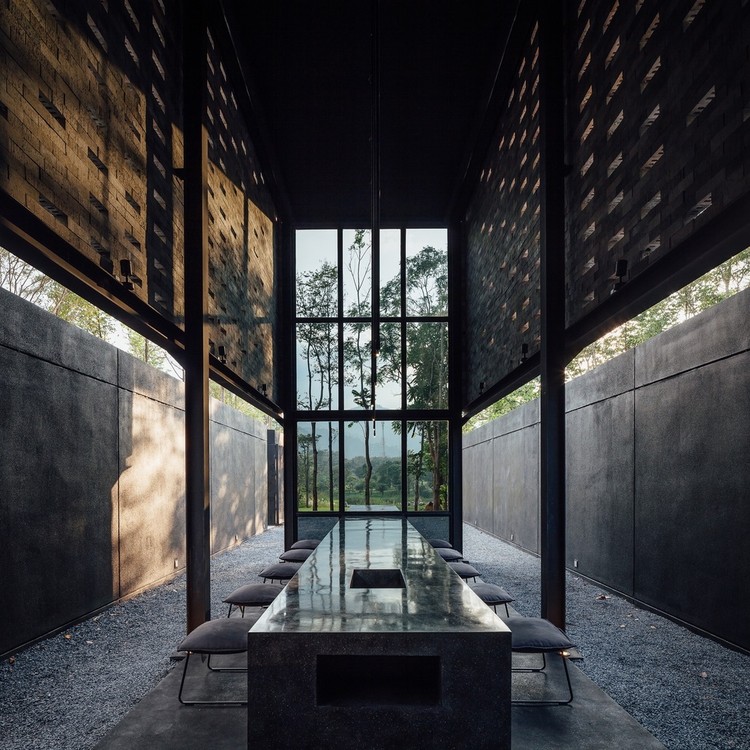Walk into a beautiful space, arched doorways, warm lighting, intentional finishes, and you might feel a sense of calm. Or confusion. Or nothing at all.
The truth is, beauty doesn’t always equal usability. A space can look incredible and still feel disjointed, overwhelming, or unclear. That’s where spatial UX comes in.
So… what’s missing?
Designers often focus on aesthetics, and rightly so. But without understanding how people actually behave in that space, where they pause, where they get lost, where they feel tense, the experience may fall short of its potential.
Let’s take a few real-world examples:
- A luxury spa with beautiful lighting but no intuitive way to find the locker rooms
- A boutique hotel lobby designed for photos but with no comfortable place to check in
- A wellness studio where the flow between rooms disrupts calm instead of supporting it
These aren’t design problems. They’re experience gaps.
What bridges the gap?
Observation. Behavior tracking. Empathy. Testing.
That’s what spatial UX research delivers. At Maison de Méthode, we combine behavioral insights with design thinking to help businesses:
- Understand how guests, clients, or visitors actually move through their space
- Identify friction points that interior design alone might overlook
- Create emotionally aligned, functionally intuitive environments
Because when people feel seen, comfortable, and oriented in a space, they stay longer, return more often, and connect more deeply with your brand.





